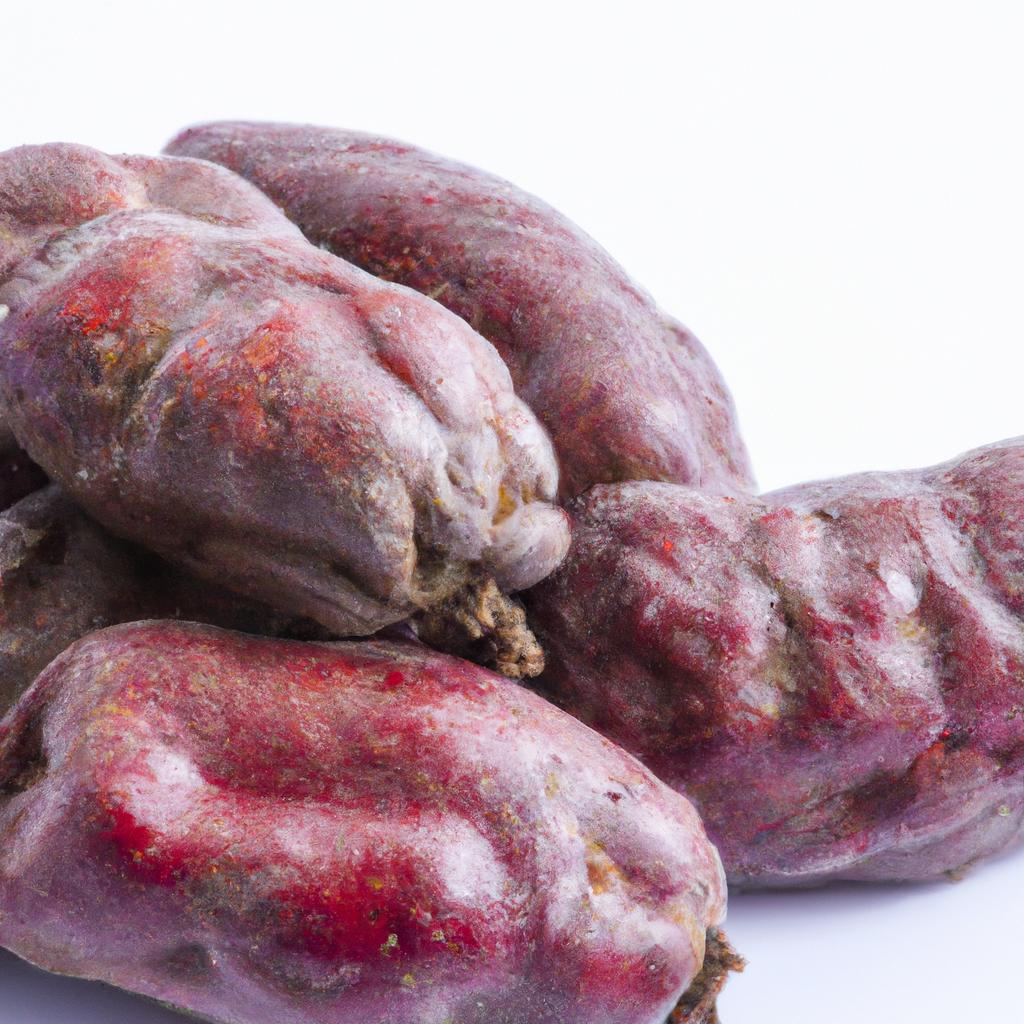Huatia

Peruvian cuisine holds a special place in the global culinary community thanks to its unique blend of indigenous, European, and Asian influences. One such dish that perfectly embodies this blend is the Huatia, a traditional method of cooking food using hot stones, originating from the Andes region of Peru. This Peruvian delicacy is an essential staple for many of the country’s communities and is enjoyed by locals and tourists alike all around the world. The dish has become popular because it allows a unique smoky flavor that is not found in any other method of food preparation.
The Huatia cooking method involves placing hot stones in a hole dug in the ground and surrounding it with layers of leaves, herbs, and meat or vegetables, and then covering everything tightly with dirt. When the dish is ready, the cooked ingredients are unearthed from the pit and tenderly served, punctuated by the unique flavor brought by the hot stones.
The Huatia has its roots in the pre-Columbian era, when the ancient Incas used the method as a way to cook food in large quantities for communal ceremonies and feasts. Huatias were an essential part of Incan culture, where food was highly valued and the flavor was considered a source of energy, health, and happiness.
The dish has since been heavily influenced by Spanish cuisine and has evolved over time to include not only traditional Andean ingredients such as potatoes, corn, and beans but also meat, fish, and poultry. Similarly, the method of preparation has been somewhat modified, now allowing for the use of aluminum foil and metal grates to ensure that the hot stones do not come in direct contact with food-borne contaminants.
The Huatia is prepared throughout Peru in its many regions, although with variations in its ingredients, spices, and cooking times. For example, in the Andean highlands, the traditional Huatia is made by cooking potatoes, sweet potatoes, and corn, while in the coastal regions, seafood or poultry is also added to the mix. Some versions of Huatia even add spices like aromatic herbs and native Peruvian peppers known as ají.
The Huatia is not only a culinary delight but also a social and cultural experience. It is often prepared by families and served in communal settings as a way of coming together and sharing a meal. This tradition continues to thrive in many parts of Peru and is regarded as an essential way of preserving the country’s culture and heritage.
In recent years, the Huatia has steadily gained popularity outside of Peru, with restaurants around the world incorporating the dish in their menus. The cooking method has also earned a reputation as a healthy preservation method, as it requires no oils or fats and retains the vitamins and nutrients in the food.
In conclusion, the Huatia is a perfect example of Peru’s culinary richness and cultural diversity. Its unique flavor and cooking method make it a must-try dish for food enthusiasts, and its deeply-rooted heritage and social significance make it an essential part of Peru’s cultural heritage.
Ingredients:
- 2 pounds of potatoes
- 1 pound of corn on the cob
- 1 pound of green beans
- 1 pound of peas
- 2 garlic cloves, minced
- 1 onion, chopped
- 1/4 cup of vegetable oil
- Salt and pepper to taste
- 2 sprigs of mint
Instructions:
- Preheat the oven to 400°F.
- Peel the potatoes, cut them into small pieces and rinse them in cold water.
- Cut the corn on the cob into slices.
- Cut the green beans and remove the heads of the peas.
- In a skillet, sauté the onions until they become translucent. Add minced garlic and cook for one minute.
- After that, put the vegetables in a deep baking dish and season with salt and pepper.
- Cover the vegetables with the sautéed onions.
- Add the mint sprigs on top of the vegetables.
- Drizzle the vegetable oil over the vegetables.
- Cover the dish tightly with foil and bake for two hours.
- Serve hot, garnished with fresh mint leaves. Enjoy your Peruvian Huatia!